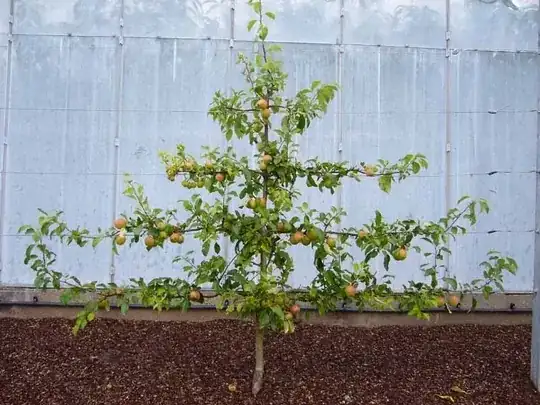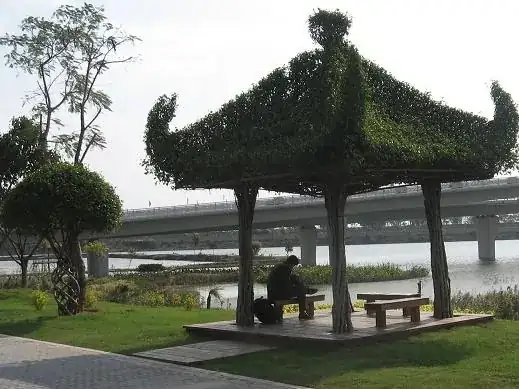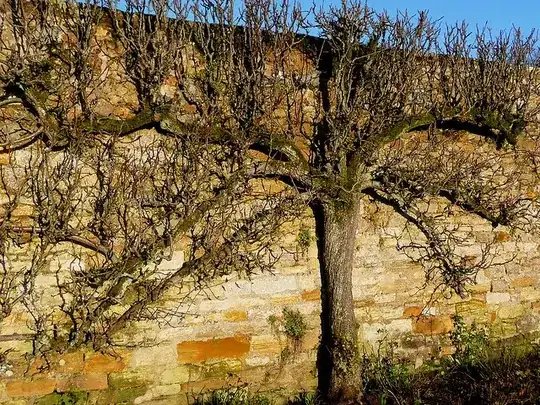I lost a beloved diseased dogwood tree that had made a wonderful space in my yard by growing long stretching horizontal branches that made a canopy of sorts.
About a year or two I replaced it with another dogwood, and I would like to try to replicate the growth pattern of the old tree. I was wondering if it's possible to prune or train the new dogwood in this manner.
I don't want to train it to the extent that it looks unnatural like I've seen in Japanese gardens. (See pictures in @yoda's answer for the looks I am trying to avoid.)
What I'm looking for is specific pruning or training techniques to encourage natural looking horizontal growth.


